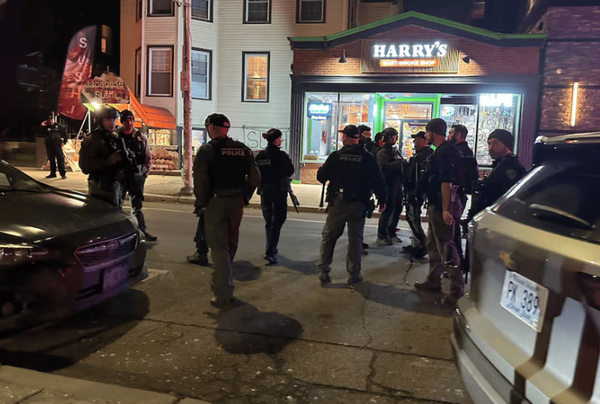
The drinking water from the Merriwa water supply groundwater bores has shown radiation levels above the national standards.
As a precaution, Upper Hunter Shire Council has moved the town's supply to the two groundwater bores with the lowest radioactivity while further investigations take place.
Testing has revealed the maximum possible radiation dose from the bores is double the Australian Drinking Water Guidelines.
In a statement, the council said a result above the screen values does not mean the drinking water is unsafe, but further investigation is required.
"Some minerals that emit radiation can be present in drinking water and typically contribute a small amount to overall exposure to naturally occurring radiation," the council statement said.
"Naturally occurring radiation is more likely to be found in bore water. The radiation comes from naturally occurring sources including underground rock material that is in contact with the water."
The Australian Drinking Water Guidelines use a radiation reference level of 1mSV per year.
"NSW Health have assessed the maximum possible dose based on the current screen level results to be approximately 2mSv/year," council stated.
"The dose of radiation will be accurately calculated when the radionuclides in the water have been measured."
As a comparison, the normal level of background radiation that most people are exposed to is approximately 2mSv per year, while some medical investigations such as CT scans may deliver a dose as high as 10mSv.
"However, efforts should be made to reduce exposure where feasible if the annual radiation dose in drinking water is found to exceed 1mSv," council stated.
Detailed radionuclide testing by the Australian Nuclear Science and Technology Organisation (ANSTO) will be required, which will take approximately 10 weeks.
"This process is very time consuming," council stated.
"The radiation detected could originate from various materials found within the water source, and each different material gives a different dose of radiation.
"The activity of each radioactive material (radionuclide) in the water needs to be separately measured to gain a comprehensive understanding."
Upper Hunter Shire Council is working with NSW Health and the Department of Climate Change, Energy, the Environment and water on this issue.
Further investigation is underway to assure the ongoing safety of the Merriwa drinking water supply.
Council says the community will be informed of all developments as further information becomes available.
Although uncommon, it is not unheard of for regional bores to return water samples that breach national guidelines.
In 2016, bores that supplied thousands of people near Tamworth, NSW, was found to be contaminated with naturally-occurring uranium.
The bores that supply the towns of Kootingal, Moonbi and Bendemeer returned a result between double and triple the ADWG recommendation of 17 micrograms of uranium per megalitre.
Resin filters were installed at the bores, which reduced the contamination to 0.001mg/L, the lowest detection limit for uranium.







